What are the biggest challenge(s) you face applying Service Design to Healthcare?
I have a lot of blind spots due to the large amount of moving parts that are involved when designing in healthcare. For example, insurance and policy have direct implications on the work that I do on a day-to-day basis. Especially, in today’s political landscape, there are many things that are in flux, which generates uncertainty about the feasibility and viability of the projects we are designing.
What framework(s) and/or key performance indicators have you found useful to measure the impact of service design?
There are multiple ways in which we can measure the impact of service design. In our setting it can range from customer engagement, to patient satisfaction to clinical outcomes. It is important to note that due to the nature of the projects I have been working on, the type of deliverables and outcomes tend to be different project to project. Therefore, the metrics we may use, again, vary from one project to another.
Besides having a mindset and the skills for service design, what else do you see as being invaluable in a designer to have in his/her repertoire to be successful in the healthcare space?
The skills that I consider valuable are: being a good collaborator, which is key. Of course this is not only true in this industry, but I certainly think that it is imperative to be able to collaborate with diverse staff across the hospital. As designers, we don’t necessarily have the depth of expertise in healthcare as a lot of clinical and administrative staff.
Bringing together front-line employees, patient advisors, clinicians, education experts, and many others assure that we are designing solutions that are thoughtful and that generate positive impact for both patients and staff.
Can you speak to how service design might be an agent of change in healthcare?
In my experience the way in which service design can be an agent of change is by creating spaces for users (from patients to staff to clinicians) to be active participants in designing solutions that have an impact on their experience.
Service Design also helps to align the needs of users with the needs/goals of different stakeholders. In doing so, the services that get implemented are not designed from a single perspective (i.e. business), but rather robust and thoughtful interventions that take into consideration diverse criteria for success.
What would you like to see happen for the future of service design in healthcare?
I would like to see more and more healthcare organizations having in-house design teams, and to see more spaces to share knowledge and practices. I think there is a lot to learn about the nuances of being an internal design team working as part of a healthcare organization. The more that we can share the more we can move the needle and the impact on the work that we are collectively doing.
Check out other conversations at 5by5.blog



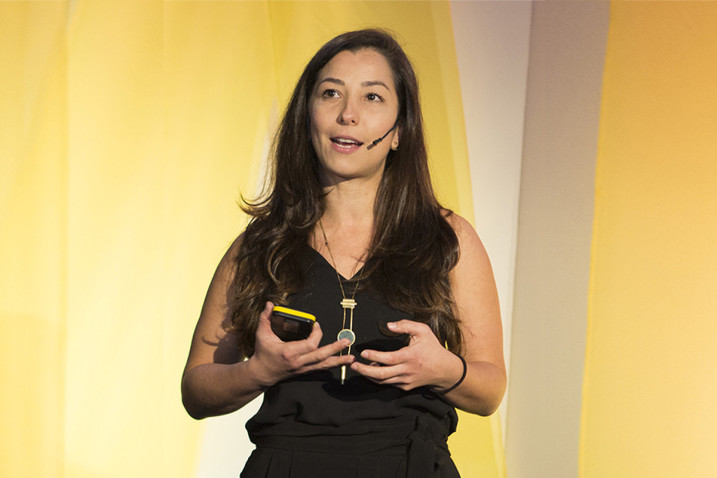
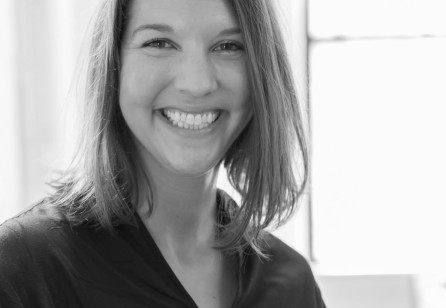
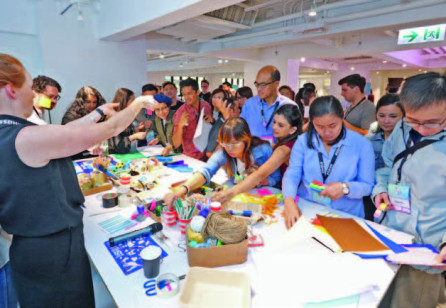
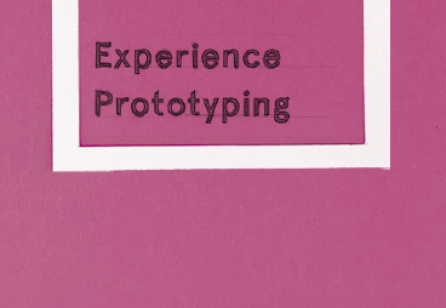
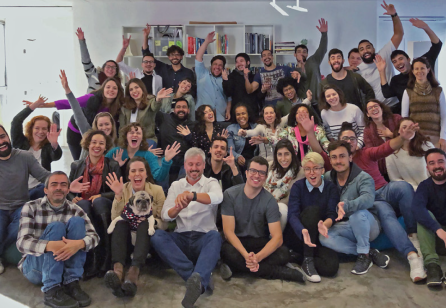

Share your thoughts
0 RepliesPlease login to comment